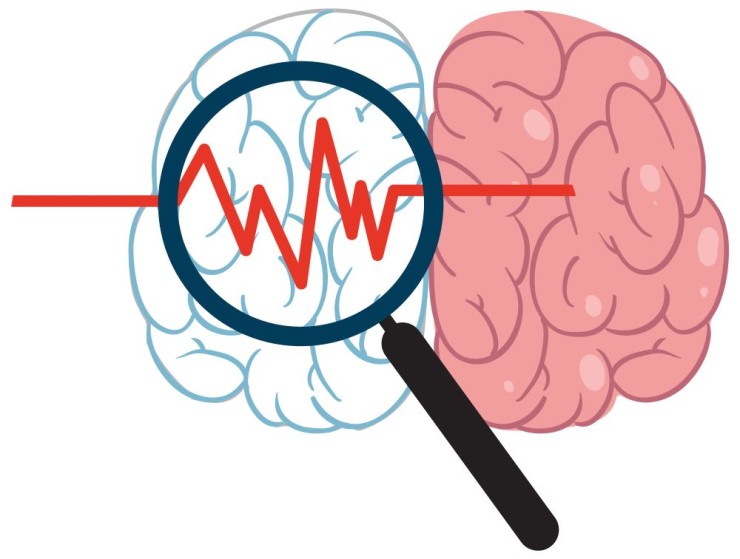
₹10,400
₹13,000
Magnetic Resonance Imaging (MRI) Brain Spectroscopy with Perfusion is an advanced diagnostic procedure that combines two essential techniques to gain detailed insights into the brain's structure, metabolism, and blood flow.
Category:
MRI Scan



